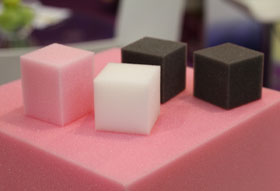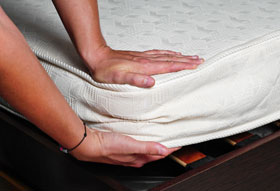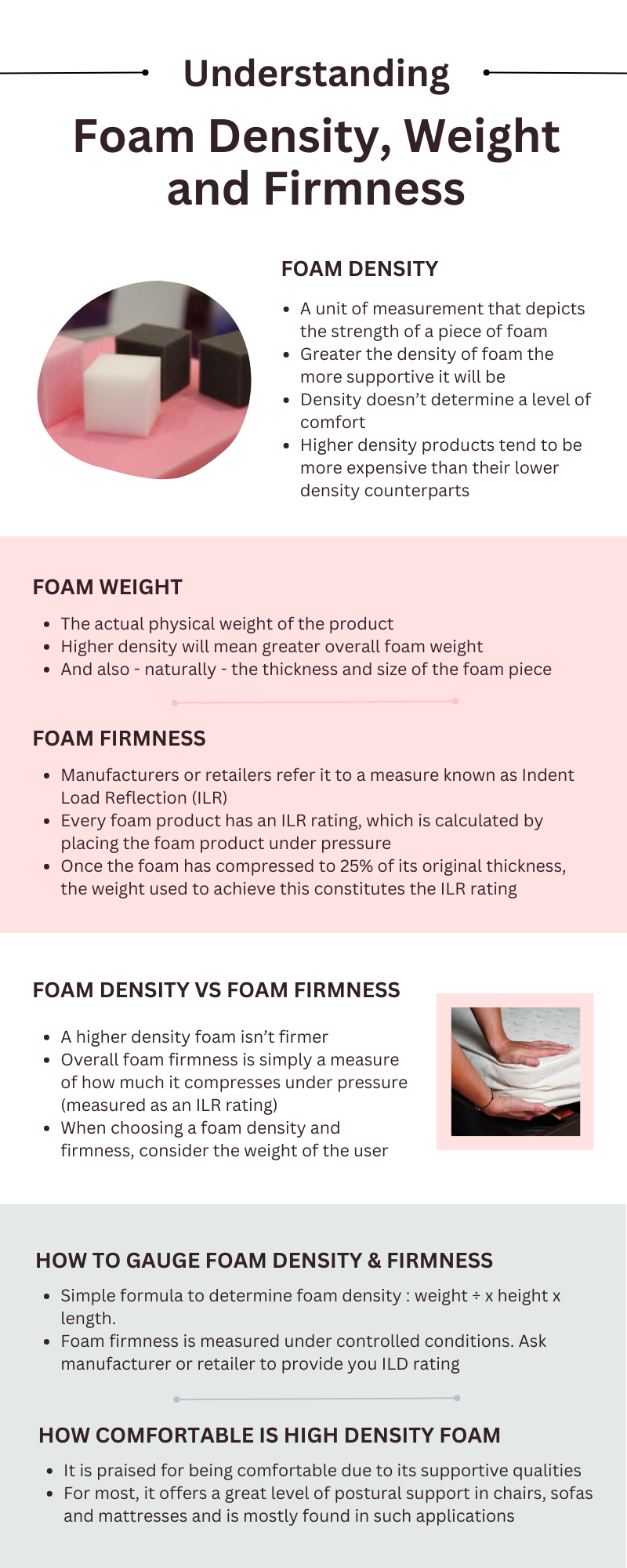
Understanding Foam Density, Weight and Firmness

What is foam density?
In simple terms, foam density is a unit of measurement that depicts the strength of a piece of foam. It is usually measured as a decimal number and indicates the number of pounds each cubic foot of foam can withhold. The greater the density of foam the more supportive it will be, but it is important to recognise that a greater density doesn’t necessarily mean a firmer product. Density doesn’t determine a level of comfort, either.
Foam density varies between different products as each foam type has different properties. Therefore, foam products cannot be directly compared by density alone. Higher density products tend to be more expensive than their lower density counterparts, and densities often range from 0.5 up to 6 or more.
What is foam weight?
Foam weight is the actual physical weight of the product, as if you were to measure it on a set of scales. The weight of a piece of foam is increased by its density (i.e. a higher density will mean greater overall foam weight), and also - naturally - the thickness and size of the foam piece.
A good example of this is a foam mattress. A mattress of a greater density will feel far heavier in transit compared to a lower density version.
What is foam firmness?
When manufacturers or retailers talk about foam firmness, they are referring to a measure known as Indent Load Reflection (also shortened to ILR). Every foam product has an ILR rating, which is calculated by placing the foam product under pressure. Once the foam has compressed to 25% of its original thickness, the weight used to achieve this constitutes the ILR rating.

Foam density vs foam firmness
Foam density and foam firmness are not directly related. Foam that is of a higher density isn’t firmer, and likewise, a lower density foam does not result in a less firm, ‘squishy’ feel product. Low density foams can feel just as firm, and the overall firmness of a product is simply a measure of how much it compresses under pressure (measured as an ILR rating).
When choosing a foam density and firmness you should consider the weight of the user. For example, a heavier individual should opt for a mattress that is both denser and thicker as a lower density product will not provide adequate support.
How to gauge foam density and foam firmness
A good manufacturer or retailer - such as eFoam - will be able to tell you the density and firmness of any foam product as this is determined and measured at the manufacturing stage. However, there are simple calculations to help you determine density by yourself. For example, foam density can be calculated using: weight ÷ x height x length.
Given that foam firmness is measured under controlled conditions, we at eFoam can provide you with the exact ILD rating of your product. However, firmness is mostly down to personal preference, so you will only know by trying a product out!
How comfortable is high density foam?
High density foam is praised for being comfortable due to its supportive qualities. For most, it offers a great level of postural support in chairs, sofas and mattresses and is mostly found in such applications.


